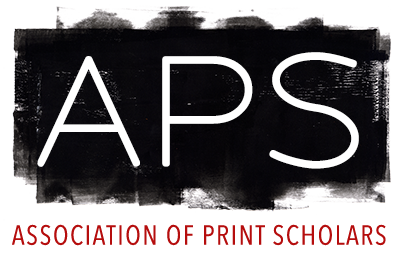New Edition
Posted: 12/05/2016
Anna Hendrick Karpatkin Benjamin, Lukas Birk, Audrey Danze Blood, Megan Foster, Valeria Rachel Herrera, Leekyung Kang, Anna McNeary, Kelly Taylor Mitchell, Vanessa Nieto Romero, Kate Sarrantonio, Stacy Lynn Smith,
Prints for Protest (2016),
portfolio,
22 x 15".
This election hit us hard. So many Americans—including the artists here at the Rhode Island School of Design—feel that their voices weren't heard. But, as printmakers, we have the tools and skills to disseminate our own messages of resistance to a wide audience. So, we all hit the print shop to let the world know just what we think about the outcome of this election.
But we also know that political activism is not just about speaking out—it's also about following through with action. We are donating 100% of the profit from these prints to organizations that support our communities. We will only be reimbursing ourselves for the cost of paper and minimal packaging.
Each of us has created a print that responds to the election in our own way, in a limited-edition run of 50. These are just $25 each, and 100% of the profits will be donated to our organizations. Each print is 22" x 15". Together, they also make up an 11-print portfolio that we are offering at a discount.
